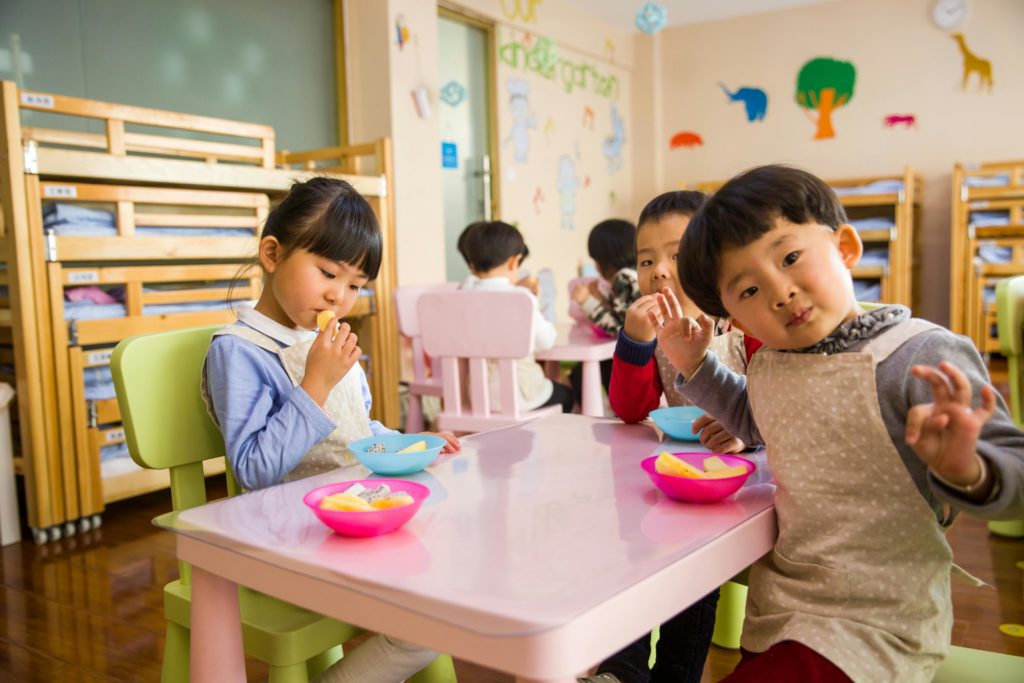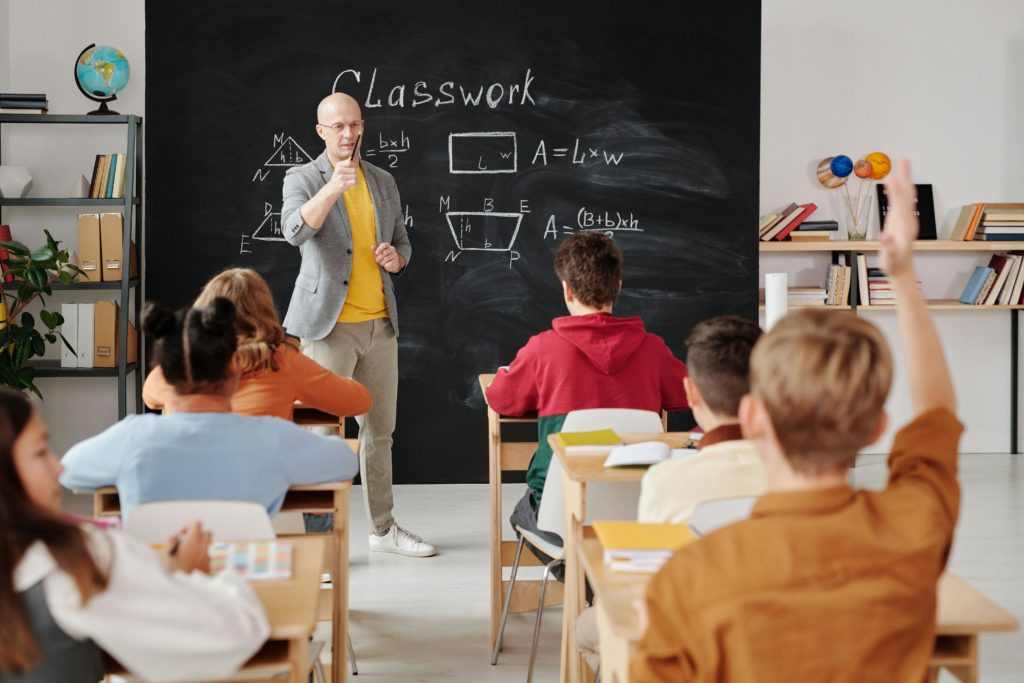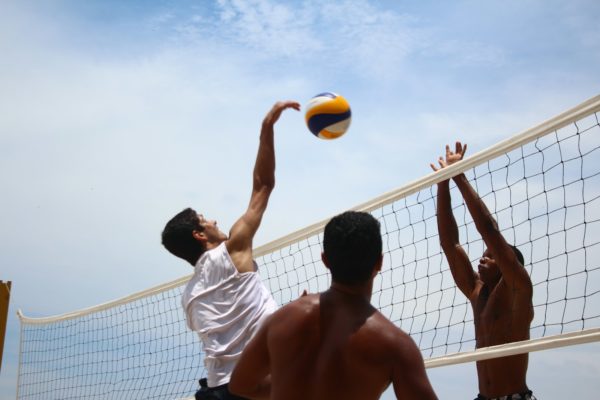Consider each student’s motor and cognitive preferences when teaching.
Each student is unique in their way of understanding, interacting and learning. Yet many pedagogical approaches remain generalist, leaving some students in difficulty or unmotivated. The ActionTypes® approach offers an alternative by adapting teaching methods to students’ motor and cognitive preferences.
This innovative approach places the student at the center of his learning, respecting his natural dynamics to promote fluidity, understanding and pleasure in learning.
1. Understanding motor and cognitive preferences in education
Motor and cognitive preferences directly influence how a student, among other things:
- Assimilates new information.
- Processes and analyses concepts.
- Responds to learning environments.
- …
The benefits of adapted teaching:
- Fluency in learning: Students learn more easily when they are in tune with their natural dynamics.
- Increased engagement: By respecting their strengths, students are more available and engaged.
- Frustration reduction: Targeted adaptations limit situations where the student feels out of step or failed.
“I always had trouble following in class until my teacher adapted the way of presenting the exercises to my way of functioning. Finally, I have confidence in myself.” – High school student.
2. Implement a more adapted pedagogy through ActionTypes®
The ActionTypes® approach allows teachers to, among other things:
- Identify and recognize natural preferences: Each student expresses a unique way of learning, influenced by their motor and cognitive dynamics.
- Adapt to needs: Exercises, materials and interactions are adjusted to support each student’s areas of fluidity and integration.
- Encourage individual expression: By providing a setting where each student can thrive according to their preferences.
- …
Concrete example: Within a primary class
Some students had difficulty in attending math classes. After an ActionTypes® balance sheet, a more differential approach was used:
- Students who approached the novelty in a more concrete way were able to see graphically the consequences of changing the parameters of an equation on a computer screen.
- Those who promote touch learning have participated in activities that allow for the direct handling of wood blocks.
- The result is improved progression for all students and a more harmonious class dynamic.
3. Practical applications in various educational settings
The ActionTypes® approach can be applied at all levels and in different educational environments:
- Primary schools: Foster the natural and spontaneous curiosity of young children by respecting the natural emergence of their motor and cognitive dynamics.
- Colleges and high schools: To put the differences in performance between students into perspective by proposing variations adapted to each profile. Be careful that the comparison between students does not detract from uniqueness and devalue those who need more time to integrate
- Higher education: For example, helping students manage how to approach complex volumes of information based on their motor and cognitive preferences.
- Special education: Support students with specific needs with respectful strategies, valuing their natural strengths.
- …
Case study: In a high school
In a rural high school, a teacher integrated ActionTypes® into his history classes to meet the needs of a class that was heterogeneous by definition.
- Students with a cognitive dynamic oriented towards logical analysis have for example worked on detailed studies of documents.
- Those who prefer a more intuitive approach explored interactive scenarios.
- Result: 20% increase in the class average for the quarter.
- Everyone was able to appreciate their way of doing things.
- …
4. Student and teacher testimonials
Teacher in primary school:
“ActionTypes® helped me understand why some students were better at practical exercises and others with interactive visual aids. As I adapted my ways, I noticed an immediate difference.”
A university student:
“This approach helped me find an approach that really fits me. I doubled my productivity by redoing more naturally while increasing my confidence.”

Crédit : Pexels / Naomi Shi
5. Measurable outcomes of educational adaptation
Institutions that have adopted the ActionTypes® approach report significant improvements, including:
- +30% student engagement.
- +25% improvement in school results.
- A significant reduction in situations of disengagement or demotivation.
- …
6. Benefits beyond the classroom
Educational adaptation does not only benefit school results:
- Students naturally gain confidence and autonomy.
- Teachers find new sources of satisfaction in their profession.
- The classroom atmosphere becomes more serene and collaborative.
7. Integration of the ActionTypes® approach in institutions
To effectively integrate the ActionTypes® approach, we propose, among others:
- Teacher training: Identify preferences while adapting to the natural and spontaneous dynamics of students.
- Workshops for students and parents: Welcome and understand the natural forces in presence to better accompany learning.
- Personalized follow-up: To support sustainable results.
- …
“This method has changed the way I teach. Seeing my students flourish is the greatest reward.” – Teacher in college.
Conclusion: Offer your students a pedagogy that suits them
By respecting motor and cognitive preferences, the ActionTypes® approach is revolutionizing education. It allows us to transform educational challenges into opportunities for students, as well as teachers.




